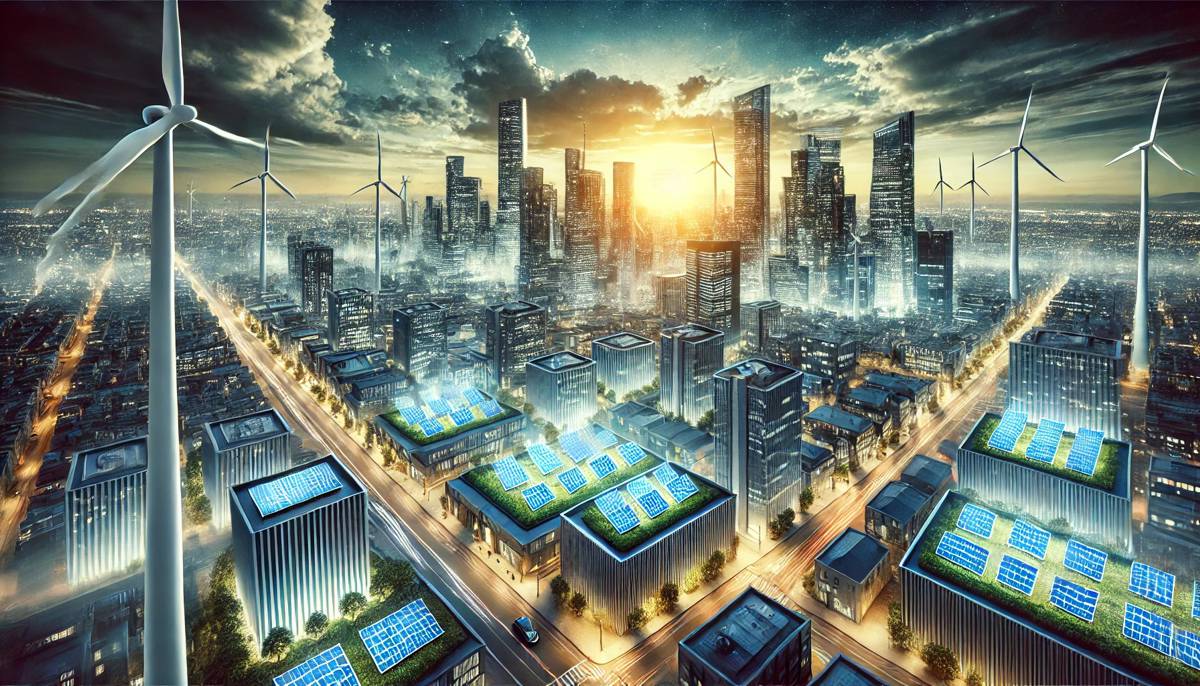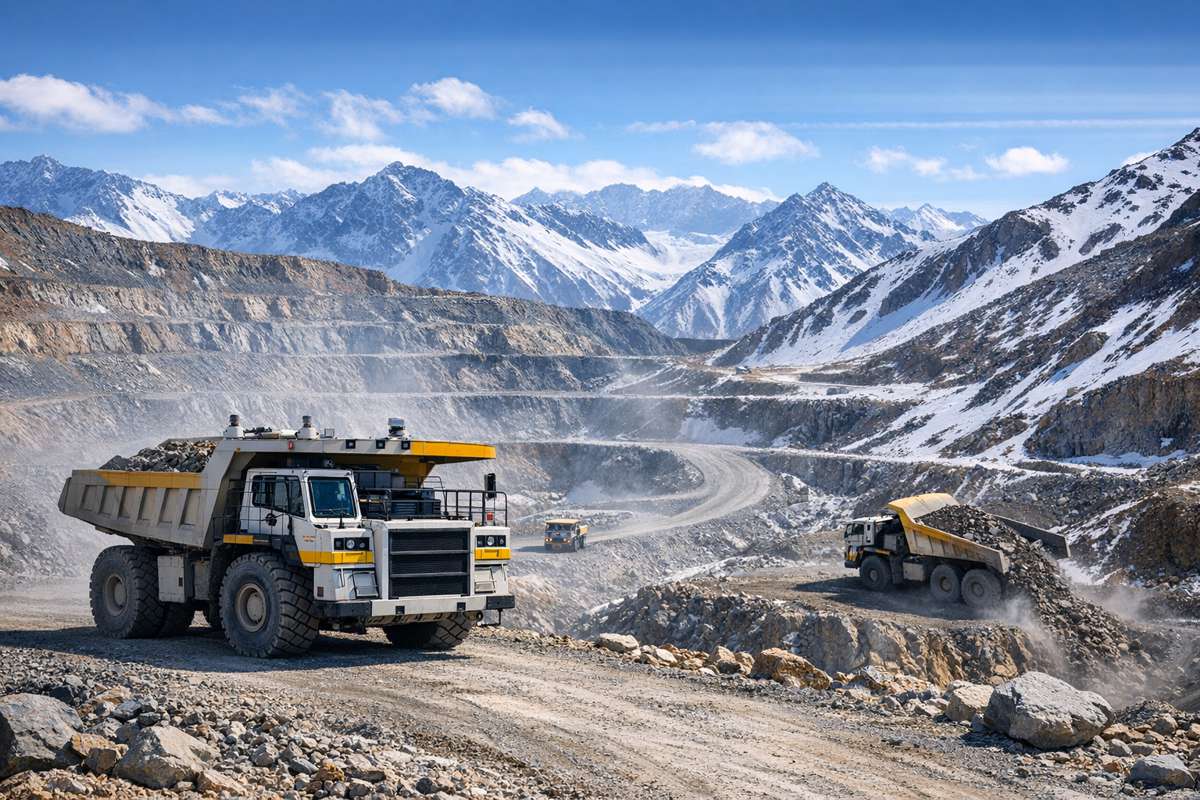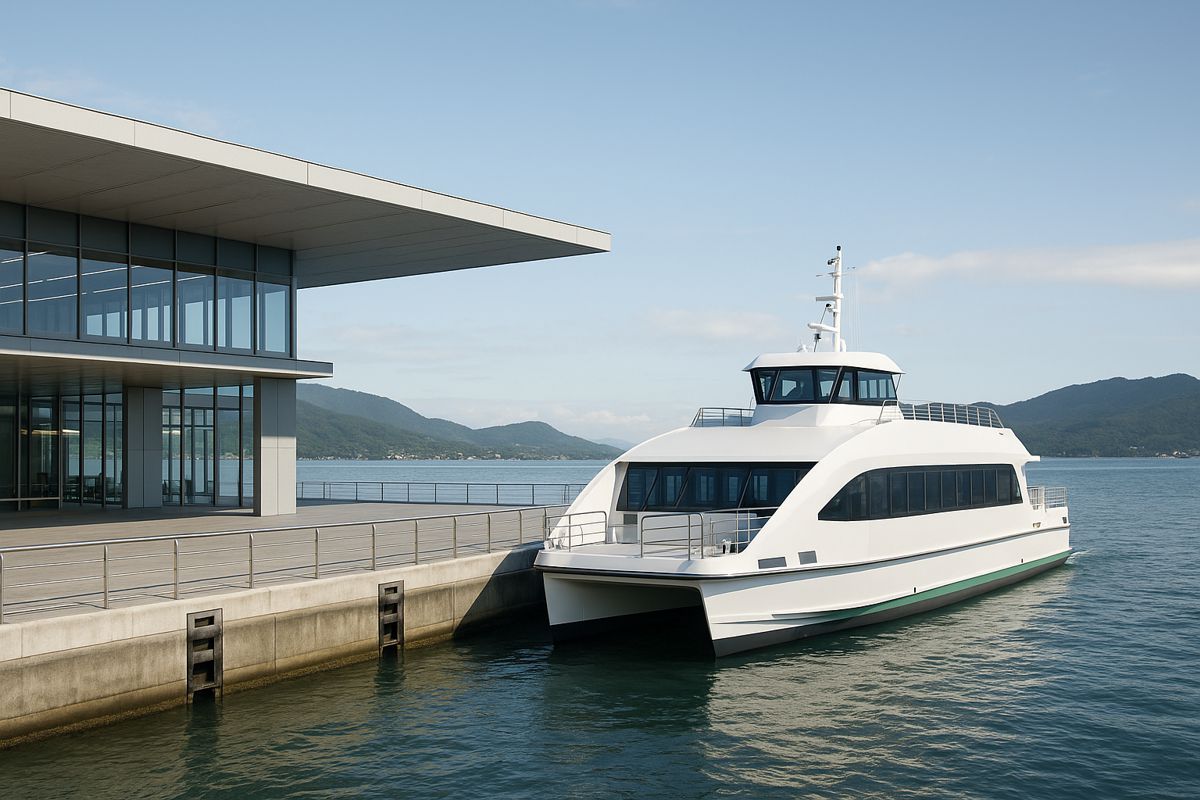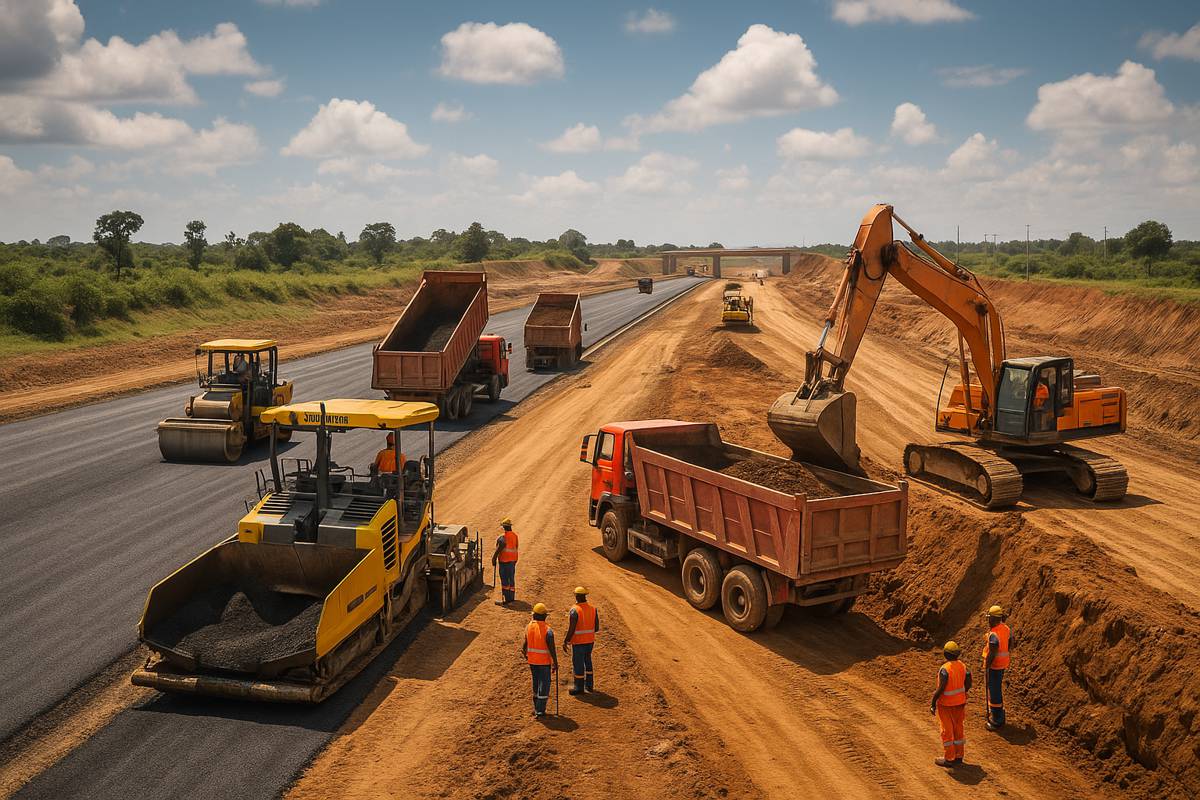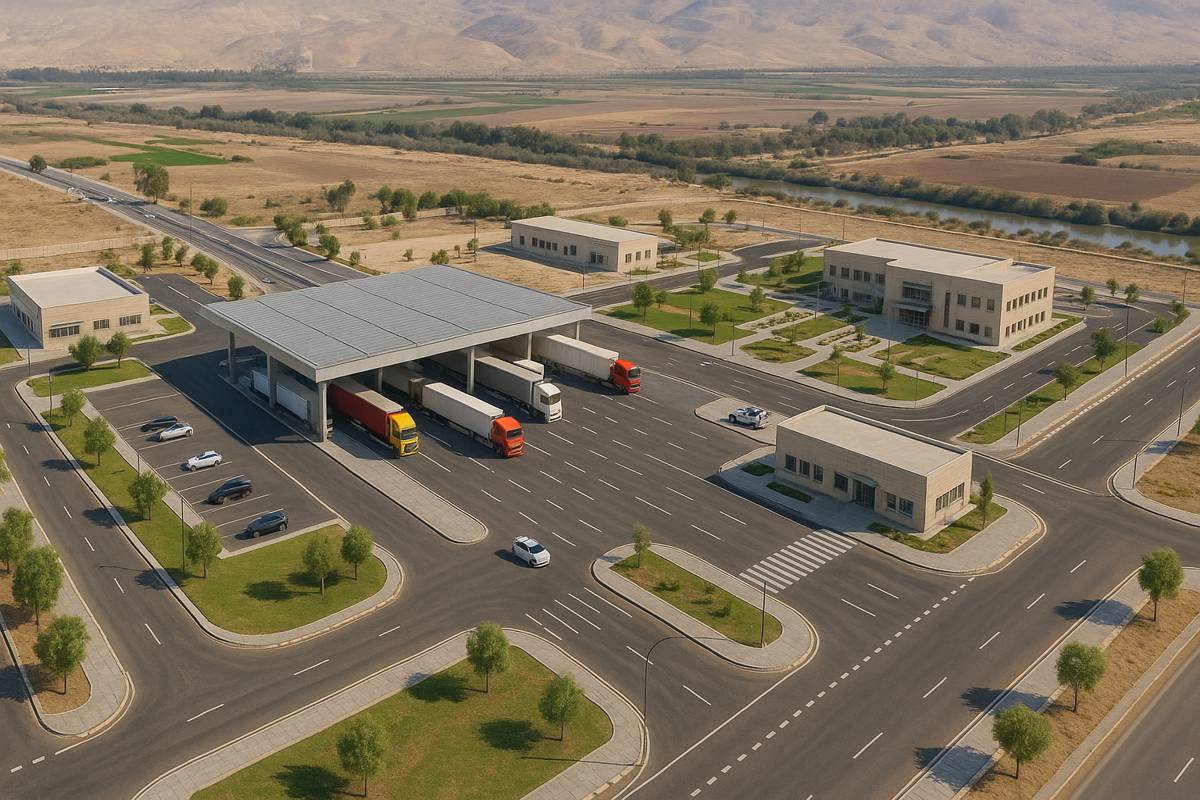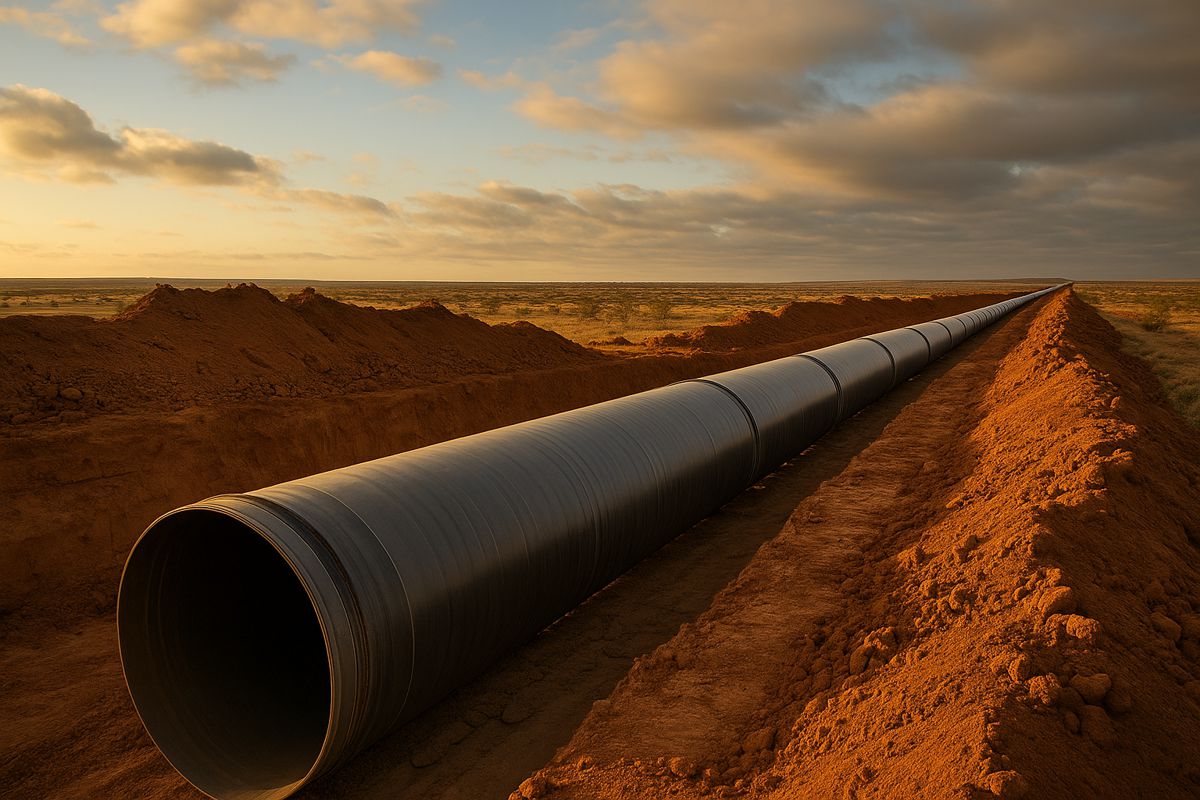AI-Powered Energy Management for Carbon-Neutral Cities
The future of our cities is undeniably tied to renewable energy, carbon neutrality, and innovative technology. A ground-breaking AI-powered approach from the Korea Institute of Energy Research (KIER) aims to achieve precisely that by revolutionising urban electrification.
This research not only advances carbon neutrality but also addresses the inherent complexities of managing energy demand and supply in urban environments. With cities contributing significantly to global carbon emissions, transitioning to smarter, more sustainable energy systems is not just a choice—it’s a necessity.
The Rise of Urban Electrification
Urban electrification is a transformative concept centred on reducing reliance on fossil fuels by integrating renewable energy sources, such as solar power, into the very fabric of urban environments. Though still emerging in parts of the world, especially in South Korea, urban electrification is gaining traction across the globe. The US and Europe are already taking strides to implement these systems as part of their broader sustainability strategies, in line with global carbon neutrality goals.
So, what exactly makes this shift crucial? Traditional cities rely heavily on fossil fuels, with their energy supply readily adjustable to meet demand. However, in an electrified city, where renewables like solar power drive the grid, fluctuations in energy production—largely due to weather conditions—present a far more challenging dynamic. This variability makes maintaining grid stability a tricky task.
Incorporating AI into the mix, though, is a game-changer. Artificial intelligence, through advanced data analysis and predictive algorithms, offers solutions to overcome these hurdles, ensuring that cities don’t just switch to greener energy but do so without compromising the stability of the power grid.
The Challenge of Power Grid Stability
The research by KIER highlights a significant hurdle faced by cities transitioning to renewable energy: balancing energy demand with unpredictable supply. One of the major risks comes from Low-Probability High-Impact Events (LPHI). These events, such as heatwaves or sudden cold snaps, may only occur a few days a year but can lead to massive spikes in energy demand and, more alarmingly, limit the capacity of renewable energy production.
During these rare but impactful events, cities can experience severe mismatches between the energy being produced and what’s actually needed. This creates the very real risk of large-scale blackouts. In a fossil fuel-dependent world, energy production can be ramped up or down relatively quickly to meet demand. Renewable energy, by its very nature, doesn’t offer the same level of responsiveness. And here is where AI steps in.
AI at the Core of Energy Management
KIER’s research team tackled the problem of power grid stability head-on by developing an energy management system powered by AI. This system addresses the nuances of urban electrification, harnessing the power of artificial intelligence to predict energy patterns and optimise the grid accordingly.
Using AI, the team analysed a wide range of data—everything from energy consumption and renewable energy production to external factors such as weather patterns, human behaviour, and even the operational status of various renewable energy facilities. The results were staggering: Low-Probability High-Impact Events, although accounting for only about 1.7 days per year, have a decisive impact on power grid stability and costs.
By factoring in these unpredictable events, the AI system was able to develop an algorithm that optimises energy sharing between buildings. This helps manage both peak demand and peak production, ensuring a steady energy flow even when the weather or other external variables disrupt the usual energy supply.
Real-World Results and Impact
When put to the test in a real-world environment replicating urban conditions, the system demonstrated remarkable results:
- Energy self-sufficiency: The ability of buildings to generate and meet their own energy needs improved from 20% to 38%.
- Energy self-consumption: Buildings that used to consume just 30% of the energy they produced now saw that rate jump to 58%.
Not only did the system enhance energy independence, but it also slashed electricity costs by 18%. These savings came with the added benefit of stabilising the power grid, proving that AI-driven energy management could make urban electrification a reality, not just an aspiration.
Additionally, the system was tested on a larger scale—107 megawatt-hours (MWh) of annual energy consumption, seven times more than comparable international studies. This large-scale demonstration paves the way for applying AI-powered energy systems to fully functioning urban environments, bringing us one step closer to achieving sustainable cities.
AI’s Role in Carbon-Neutral Cities
The implications of this research are far-reaching. By optimising energy use and making the grid more resilient, AI can significantly contribute to the broader goal of carbon neutrality. According to Dr. Gwangwoo Han, lead author and researcher at KIER, the AI system not only enhances energy efficiency but also ensures the grid’s stability during critical times, such as LPHI events. As urban populations grow, so does the demand for energy. With climate change causing more unpredictable weather patterns, it’s essential to have a system that can handle these challenges head-on.
“By applying this system to various urban environments in the future, we can improve energy efficiency and enhance grid stability, ultimately making a significant contribution to achieving carbon neutrality,” Han said.
Dr. Han’s words echo a sentiment that’s becoming more prevalent in urban planning circles: if cities want to hit their sustainability targets, they need to embrace cutting-edge technology like AI. And it’s not just about installing solar panels or building more wind farms—it’s about creating an intelligent, responsive system that ensures these renewable sources can function at their full potential, even under the most unpredictable conditions.
Paving the Way for the Future of Cities
This AI-driven approach to urban electrification is more than just an exciting breakthrough; it’s a roadmap for the future of our cities. By combining renewable energy with the advanced data-crunching capabilities of AI, cities can shift away from their fossil-fuelled past towards a more sustainable, carbon-neutral future.
KIER’s work has already proven that AI-powered energy management systems can help cities handle their energy needs more efficiently, reduce costs, and make power grids more resilient. The next step is expanding these systems on a larger scale, ensuring that cities worldwide can benefit from AI’s ability to smooth out the complexities of urban electrification.
Towards a Greener Tomorrow
AI and renewable energy hold the key to a greener, more sustainable future for urban environments. The challenge of balancing energy supply and demand, especially in the face of unpredictable weather events, is one that AI is well-equipped to meet.
As this research shows, integrating AI into urban energy systems is not just a smart move—it’s an essential one for achieving carbon neutrality and ensuring the long-term sustainability of our cities.
